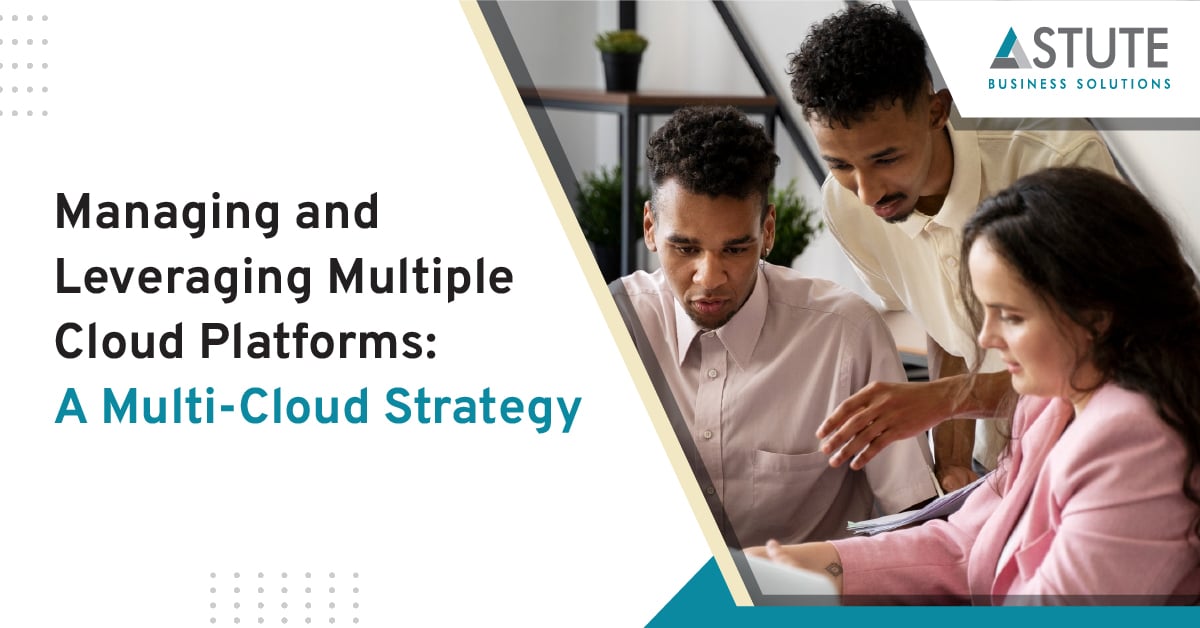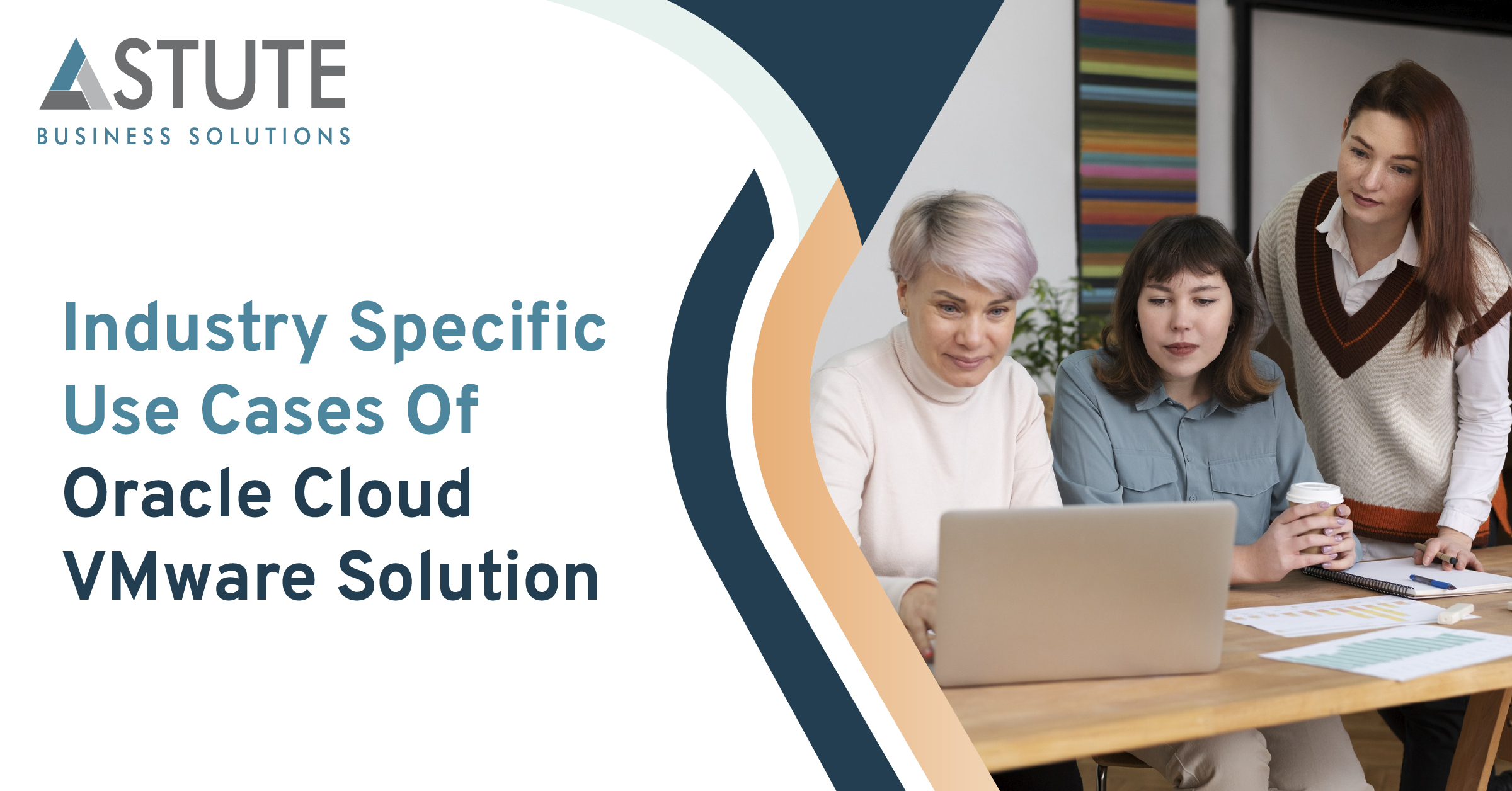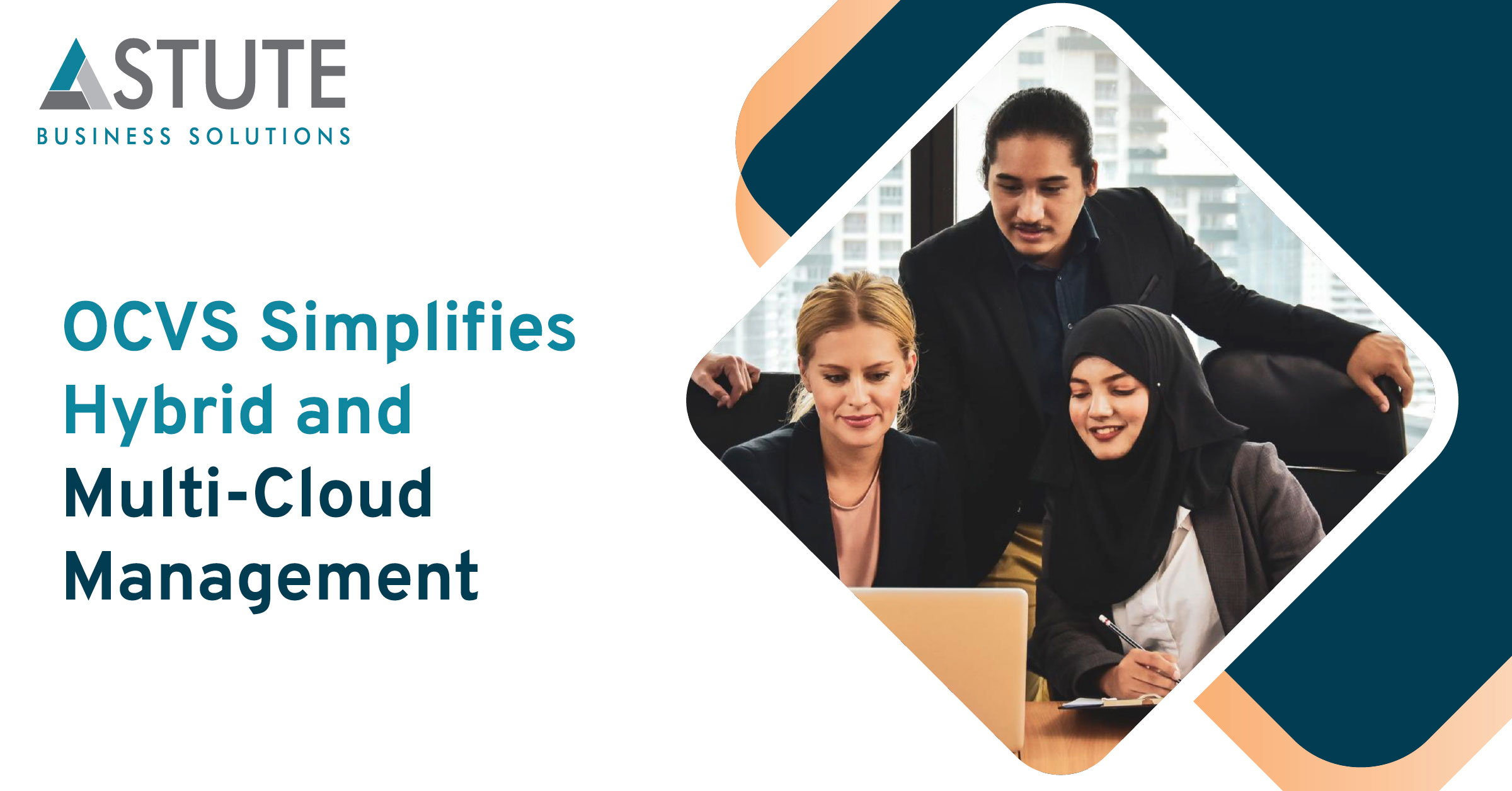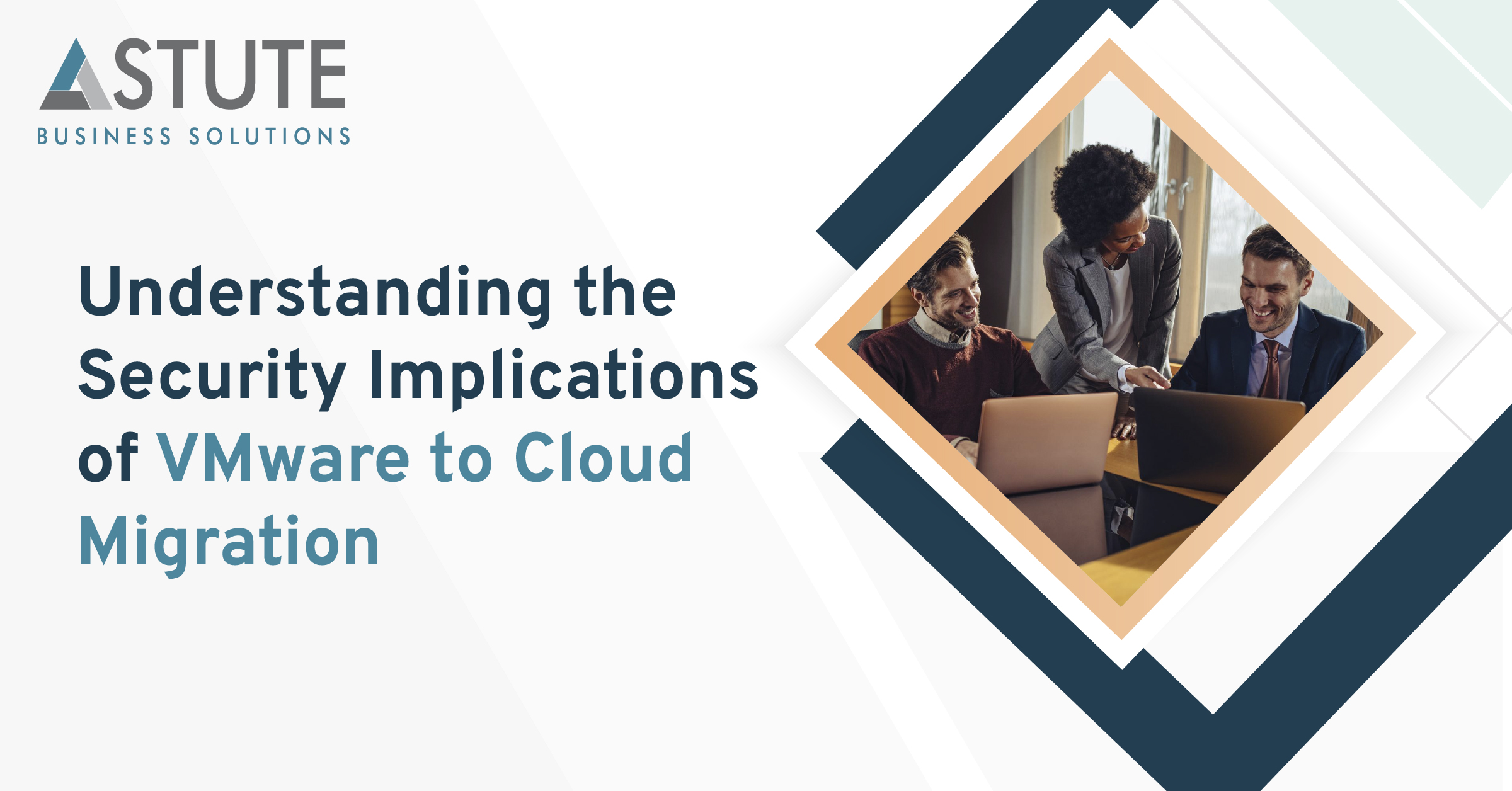Cloud Migration Strategies
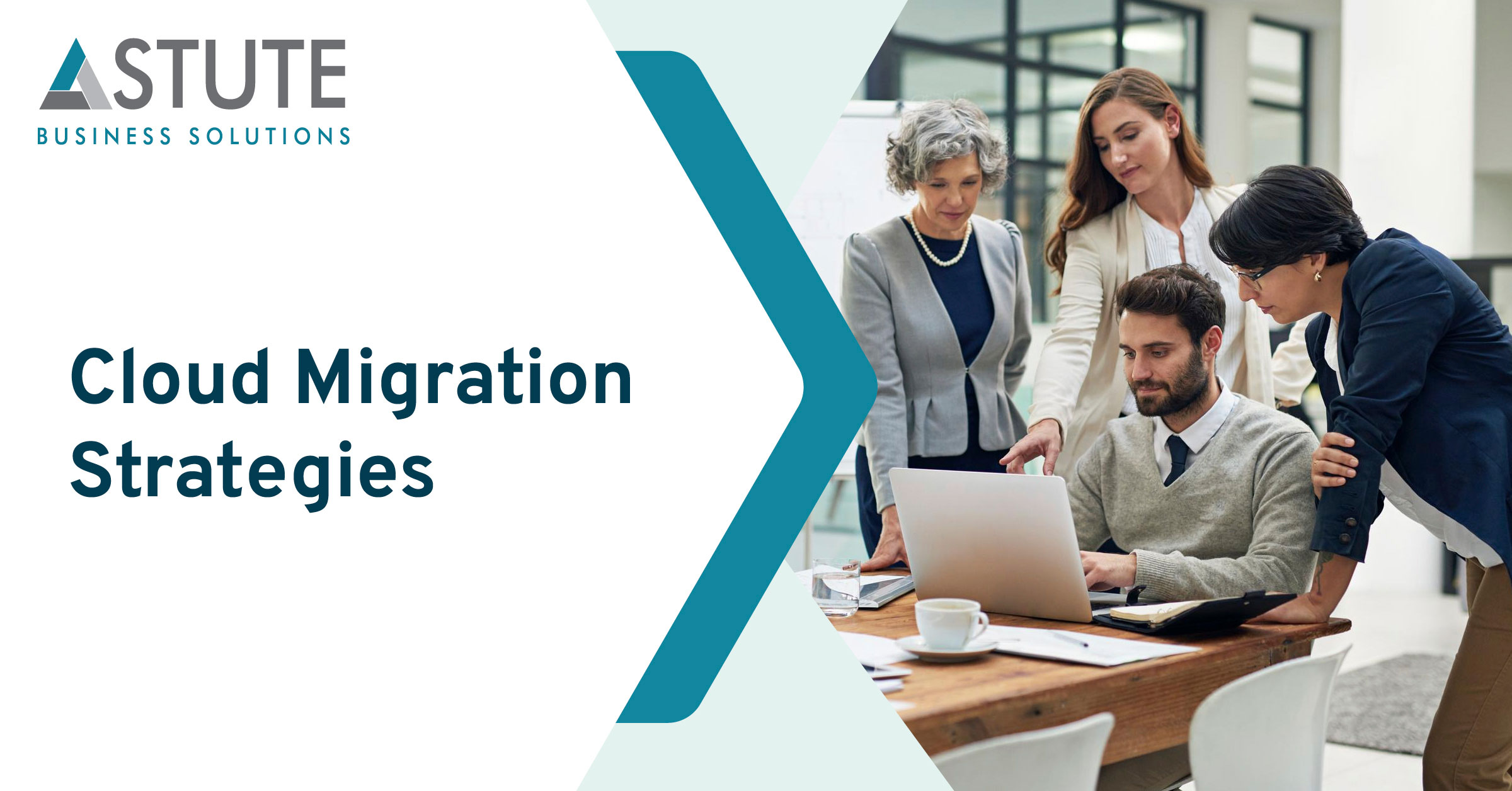
Table of Contents
1. Lift and Shift Migration
Explanation:
Lift and Shift, or forklift migration, signifies moving customers' existing VMware workloads to Oracle Cloud VMware Solution (OCVS) without altering their architecture or configurations. The approach emphasizes preserving the state and structure of applications, prioritizing a rapid transition to the cloud environment.
“Rehosting”, involves moving applications to the cloud without modifying their architecture. It’s like lifting customers' existing setup and shifting it to a new environment, i.e., OCVS (Oracle Cloud VMware Solution).
Pros and Cons:
This method offers a swift and straightforward path to cloud adoption, reducing initial setup complexities and facilitating a faster time to value on OCI.
However, the convenience comes at a cost: potential post-migration optimization challenges and possibly retaining pre-existing, on-premise-based inefficiencies in the cloud, such as overprovisioned resources or legacy architectural challenges.
Automation & Open-Source Tools(Free tools):
Terraform: Provision exact replicas of customers on-premises VMware environments in OCVS. Define customers infrastructure as code, ensuring replicability and consistency across customers environments.
Rsync/SCP: Synchronize data from on-premises servers to OCVS instances securely. Automate this via scripts to minimize manual data transfer efforts.
Using Rsync for file-level replication, customers can facilitate the initial large-scale data migration as well as ongoing incremental backups, ensuring the on-premise and cloud environments remain synchronized throughout the migration process
Pros and Cons:
Pros:
Quick migration, reduced complexity, and less immediate demand on team skills.
Quick deployment and straightforward, maintaining the familiarity of existing setups.
Cons:
Might perpetuate existing inefficiencies from the on-premises setup into the cloud.
May not fully utilize cloud capabilities and may perpetuate existing inefficiencies into the new environment.
Licensed Paid Products/Tools for OCI:
Oracle Cloud Lift and Shift Service: Helps in migrating Oracle and non-Oracle workloads to the Oracle cloud, supporting a more straightforward migration.
Zerto: Zerto specializes in enterprise-class disaster recovery and business continuity software for virtualized infrastructure and cloud environments. It can automate the entire migration process, making it swift and minimizing downtime.
Pros and Cons:
Pros:
Quick deployment, lesser initial complexity.
Straightforward and quick to implement, maintaining existing system familiarity.
Cons:
May perpetuate suboptimal configurations into the cloud environment.
Potential carry-over of current inefficiencies and underutilization of cloud features.
2. Rearchitect Migration
Explanation: Rearchitecting involves a thoughtful redesign of applications and infrastructure as they're migrated to OCVS. This approach seeks to capitalize on the cloud’s native features to enhance aspects like security, performance, and resource utilization, tailoring workloads expressly for the cloud environment. Rearchitecting involves modifying the application, potentially adopting new technologies and practices to enhance performance, security, and scaling capabilities in the cloud.
Pros and Cons: The primary advantage of re-architecting is the optimization of applications to leverage cloud-native capabilities and innovations, often resulting in improved performance and cost-efficiency. Nevertheless, this method can be resource-intensive, demanding more time and expertise to thoroughly plan, design, and implement the modified architecture, potentially delaying the migration's overall timeline.
Automation & Open-Source Tools(Free tools):
Terraform: Develop infrastructure as code to establish the re-architected environment in OCVS, ensuring it aligns with desired performance, security, and cost-optimization goals. Ansible: Leverage for configuration management, ensuring that the re-architected applications maintain consistency in deployment and operations.
Utilizing GlusterFS to create a scalable, distributed file system in OCI. This can provide redundancy, high availability, and potentially enhanced performance for applications as they are rearchitected for the cloud environment.
Pros and Cons:
Pros:
Enhanced performance, security, and possible cost savings by optimizing resource utilization in the cloud.
Enables optimal utilization of cloud features and potential performance improvements.
Cons:
Can be time-consuming and demands specific expertise to remodel applications effectively.
Could be resource-intensive and requires thorough planning and possibly new skill sets.
Licensed Paid Products/Tools for OCI:
Oracle Cloud Infrastructure (OCI) Services: Diverse array of Oracle Cloud-native services and solutions which facilitate and guide the re-architecting of applications specifically for OCI.
VMware HCX (Hybrid Cloud Extension): As a connectivity platform, HCX facilitates secure and seamless interoperability and mobility between on-prem and cloud environments, which can help streamline the re-architecting process.
Pros and Cons:
Pros:
Enhances application optimization for the cloud, improving efficiency and performance.
Enables full cloud capabilities and possible performance gains.
Cons:
Time and resource-intensive, requiring substantial planning and expertise.
Can demand substantial resources and new skills.
3. Modernize Migration
Explanation: Modernization in migration leans into refactoring or re-implementing applications, usually transitioning from a monolithic architecture to a more scalable, flexible, and often microservices-based structure in OCVS. Modernization typically involves adopting newer technologies and practices, potentially moving to a microservices architecture or incorporating cloud-native services into the application stack.
Pros and Cons:
Modernization opens the door to enhanced scalability, resilience, and development agility, fostering an environment conducive to continuous delivery and integration.
Conversely, it can be resource and time-consuming, requiring skilled professionals to refactor applications and possibly demanding alterations in existing development operations and workflows to fully realize its benefits.
Automation & Open-Source Tools(Free tools):
Terraform: Ensure that the cloud infrastructure is adept to support modernized applications, perhaps utilizing serverless or containerized solutions.
Docker: Employ containers to encapsulate applications, making them portable, scalable, and consistent across different environments.
Kubernetes: Manage and orchestrate containerized applications, ensuring they’re deployed, scaled, and operated efficiently.
Bucardo: could be instrumental in ensuring that PostgreSQL databases are efficiently replicated and synchronized during the modernization process, managing data consistency across on-premise and OCI instances.
Pros and Cons:
Pros:
Enables scalable, resilient, and agile operations
Improved scalability, resilience, and potentially, reduced operational costs.
Cons:
Can be resource-intensive, requiring new skills and potentially altered development workflows.
Can be complex, resource-intensive, and may require significant changes to existing workflows.
Licensed Tools for OCI:
Oracle Integration Cloud: Facilitates the integration of applications into a modern cloud architecture, offering robust tools to modernize applications specifically for OCI.
CloudEndure Migration: CloudEndure enables the mass migration of applications to the cloud, ensuring they are immediately operational in a robust and optimized state post-migration.
Pros and Cons:
Pros:
Achieves improved application scalability and resilience.
Enhanced scalability, resilience, and potential cost reductions
Cons:
May require a steep learning curve and alteration of existing workflows
Complexity and the potential need for substantial alterations to existing setups.
4. Eliminate VMware: Move to OCI Native Virtualization
Explanation: This approach invites businesses to transition away from VMware entirely, instead embracing OCI’s native virtualization capabilities. This means converting VMware-based workloads into a format compatible with OCI’s native virtual machines or containers. This involves migrating away from VMware solutions and utilizing the native virtualization capabilities provided by OCI.
Pros and Cons:
By opting for OCI native virtualization, organizations can reduce the complexity and cost associated with managing VMware licensing and infrastructure, also unlocking the potential to explore more cloud-native developments.
On the downside, this strategy might necessitate considerable alterations to existing workloads, requiring a meticulous validation to ensure functionalities remain intact post-conversion, and potentially demanding substantial changes to operational processes and management.
Automation & Open-Source Tools(Free tools):
Terraform: Define and establish OCI native virtualized environments to host the migrated workloads
QEMU: Utilize for converting VMware VMDK files to a format compatible with OCI, like QCOW2 or VMDK for block volumes.
Packer: Automate the creation of OCI machine images, ensuring that post-conversion, the images are readily available to deploy in OCI native VMs.
DRBD can be used to replicate block-level data across on-prem and OCI environments, maintaining data consistency and availability during the migration and providing a failover solution to enhance reliability.
Pros and Cons:
Pros:
Potential for reduced operational overhead and costs by eliminating VMware management.
Potential cost savings and simplified operations by using native OCI solutions.
Cons:
Could require comprehensive testing and validation to ensure apps function as intended post-migration.
Ensuring compatibility and managing the migration process can be complex.
Licensed Paid Products/Tools for OCI:
Ravello Service: Oracle’s Ravello service enables VMware workloads to be transitioned to OCI smoothly, aiding businesses in migrating away from a VMware dependency.
Velostrata (now part of Google Cloud): Although now part of Google Cloud, Velostrata provides technology for decoupling data from on-prem servers, allowing customers to migrate compute to the cloud independently, which could be integrated as part of a transition to native OCI virtualization.
Pros and Cons:
Pros:
Potential cost and management efficiency improvements.
Possible cost efficiencies and streamlined operations using native OCI features.
Cons:
Migration complexity and ensuring application compatibility in the new environment.
Managing compatibility and migration complexities.
Search
Related Posts
Subscribe Our Newsletter
Gain access to exclusive insights, technical know-how and crucial knowledge from Astute experts.
Share Article
See The Team In Action
Upcoming Events
Reach Out
Ready to Connect?
Please fill the following form, we will get back to you within a business day.
Contact Form
Contact Us
